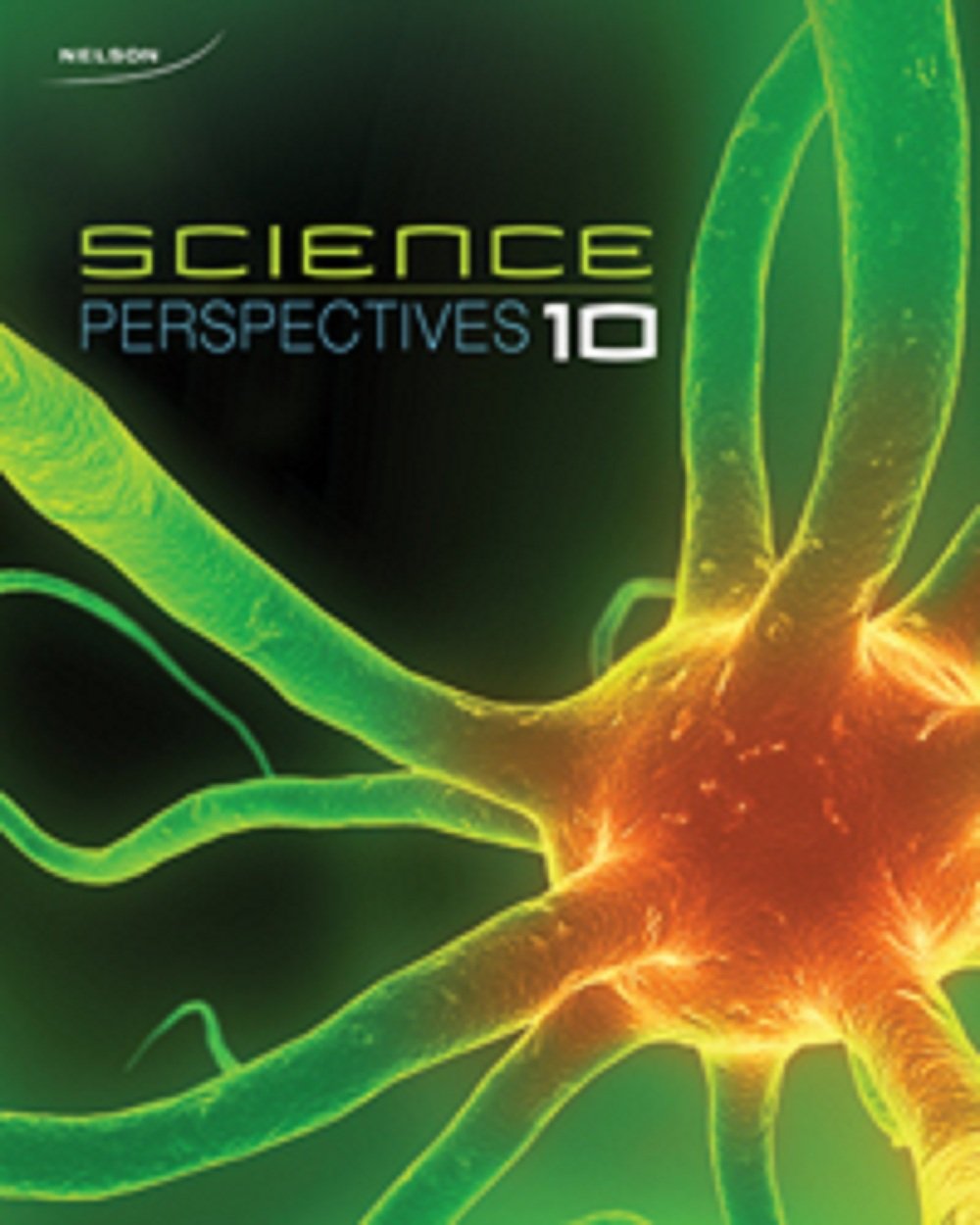
All Solutions
Page 260: Self-Quiz
Word equation:
$$
text{sodium hydrogen carbonate} longrightarrow text{sodium carbonate + water+ carbon dioxide}
$$
$$
mathrm{2NaHCO_{3(s)} longrightarrow Na_2CO_{3(s)}+CO_{2(g)} + H_2O_{(g)}}
$$
$$
mathrm{2Mg_{(s)} + O_{2(g)} longrightarrow 2MgO_{(s)}}
$$
Magnesium oxide is MgO and not MgO$_2$ because numbers in subscripts can not be changed to balance equations. Only the coefficient(s) of reactant and products can be changed. This is because the number is subscripts tell the combining power of elements in a compound which is incorrectly shown in MgO$_2$.
1. the nature of the reaction (synthesis, decomposition, combustion, etc)
2. the states of the reactants and the products of the reaction (with state symbols)
3. whether heat/energy is absorbed or released during the reaction.
$$
text{A+B}longrightarrow text{C}
$$
The name of a hydrocarbon gives a great deal about the composition of hydrocarbon. For example $color{#4257b2}text{meth}color{#c34632}text{ane}$, the letters in blue tells about the number of carbons in the hydrocarbon, therefore meth = 1, eth = 2, prop = 3 and so on. The letters in red imply the family name, so -ane implies that the hydrocarbon is an alkane, -ene implies that it is an alkene and -yne implies that it is an alkyne.
The family of alkanes have the general molecular formula C$_n$H$_{2n+2}$.
The family of alkenes have the general molecular formula C$_n$H$_{2n}$.
The family of alkynes have the general molecular formula C$_n$H$_{2n-2}$.

